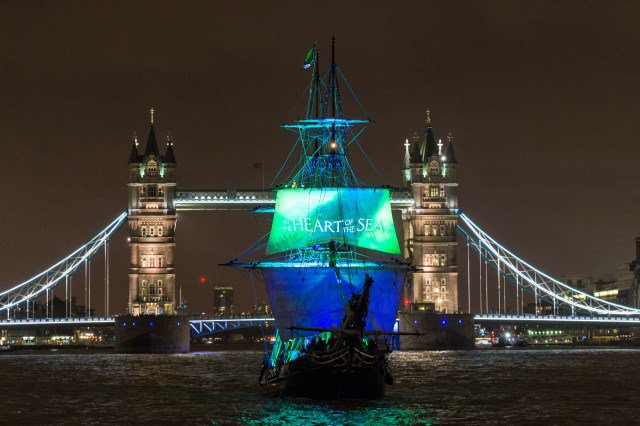Damien Enright, a former resident and connoiseur of La Gomera, reported the following in the Irish Examiner just before Christmas:
'' Robed figure resembled character from nativity scene
All that was missing was the camel. The half-lit scene of the large man wearing full Palestinian-style head-dress and robes standing by a stable beside a remote road in La Gomera, Canary Islands, the clear cobalt sky and a single star behind him, could have been a tableau for a Christmas night at Bethlehem, and the man one of the three kings.
He certainly looked authentic, a real Arab. The stable, supported by rough-hewn posts and roofed with broken terracotta tiles, could have been a stable 2000 years ago.
As my pal and I drove past, I wondered what a man in full Arab dress was doing in in the proverbial middle-of-nowhere, on this island that where there are almost no Arab immigrants whatsoever, and whose last north African visitation was the Mountain Berbers, the Guanches, who arrived on the islands, then unpopulated, around the 10th century.
The sudden glow of a cigarette tip convinced me that he was a local, probably having a quiet smoke before heading off to take part in some fiesta or other. He’s not an Arab, I said to my pal as we drove past. Oh yes, said my pal, he most certainly is. He’s from what was once Spanish Sahara. He and two dozen others are here to work in the banana plantations at La Dama.
They have little contact with the Gomero people, except at work. Almost all are single men, but there are three or four families — lucky for La Dama, because their children keep the local primary school open; otherwise the village would no longer have sufficient children to warrant a school. The area of Spanish Sahara, bounded by the Atlantic ocean to the west and the ocean of sand stretching from the Mauritanian border to the Red Sea to the east, was 266,000sq km. Ireland is 84,400sq km.
Its population, Desert Berbers called Sahrawis, wandered the oases of the vast territory, trading in camels, or lived in coastal villages, where they fished. They were uneasy with Spanish colonial rule, which lasted from 1884 to 1975, when Spain ceased to govern at the behest of the UN de-colonisation initiative. It was the last of Spain’s extensive colonies, which once stretched from the Americas to the Philippines.
I recall, when I lived in Ibiza in the early 1960s, the locals complaining that their sons were posted to Spanish Sahara’s dusty, no-horse town of Al Aaiún for their two-year compulsory military service while young men from the neighbouring island Majorca got postings on mainland Spain. Ibiza had been on the anti-Franco Republican side in the Spanish Civil War, and was still suffering for its allegiance.
When Spain gave up its colony, Morocco and Mauritania laid claim.
Meanwhile, a Sahrawi guerilla force known as Polisario attempted to create an independent state. They blocked Mauritanian occupation, but were defeated by Morocco in the Western Sahara War in 1975. The Moroccans built a berm, a sand wall running the length of what is now the western border of The Sahrawi Arab Democratic Republic (Polisario). It is economically useless and heavily mined, The Sahrawis fled to Algeria where 150,000 have lived in camps at Tindouf, and 25,000 in Mauritania, longer than almost any other refugees worldwide. The camps are largely self-governing.
Polisario’s socialist policy heavily emphasises modernisation through education, the emancipation of women and suppression of tribalism. Sahrawi women played a major part in pre-refugee life and now in camp administration. Western Sahara remains a disputed territory where the UN recognises neither Moroccan nor Sahrawi Arab Democratic Republic sovereignty.
It is strangely apt that Berbers should find work in the Canary Islands where the pre-Spanish, indigenous settlers were Berber Guanches — and, especially, that they should come to La Gomera where Guanche DNA is found in 60% of the local people, double or triple that of the other islands.
The Guanches maintained no contact with home. Local names, however, and surviving phrases of their obsolete language reveal the connection; there is, for example, a town called Gomera in Libya. Once a Berber town, it might since have become Arabic and Muslim.
The Guanches were not Muslims; they worshipped gods of sun, moon and rain. Possibly they fled to the islands before the onslaught of Islam spreading across north Africa in the 6th and 7th centuries. They fell off the world’s edge and found paradise....'' (Damien Enright,
Irish Examiner)





























 Flavourmag
Flavourmag 
 Tom Holland
Tom Holland 



